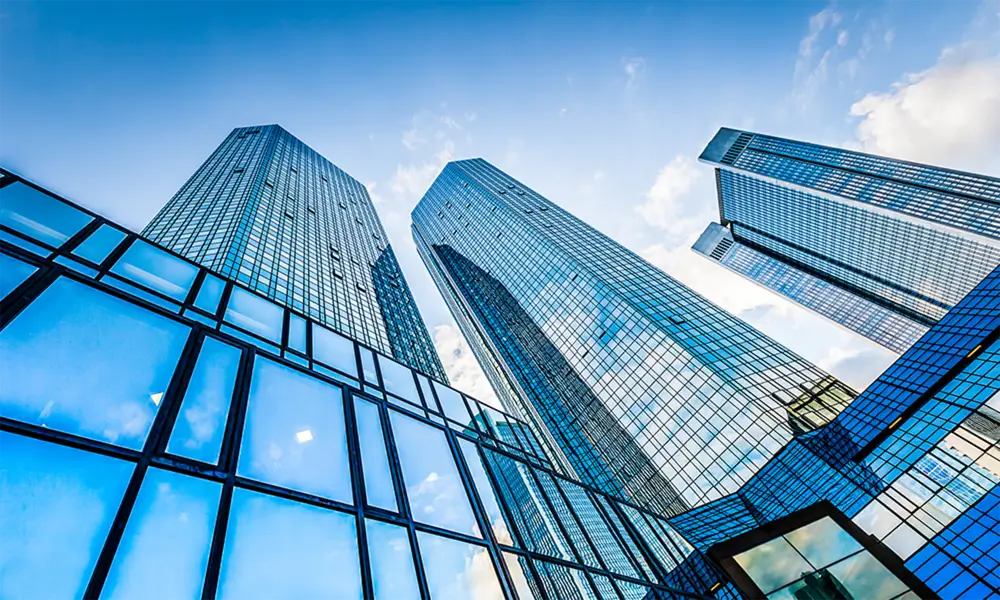

Understanding Low-E 180 Glass The Future of Energy Efficiency in Windows
In recent years, the significance of energy-efficient materials in construction has gained immense attention, particularly in the realm of window technology. Low-emissivity (Low-E) glass, specifically Low-E 180 glass, has emerged as a game-changer in maintaining indoor temperatures while reducing energy consumption. This innovative glass is poised to redefine how we approach window installations in both residential and commercial applications.
What is Low-E Glass?
Low-E glass is a type of energy-efficient glass that reflects infrared energy while allowing visible light to pass through. The “Low-E” designation comes from the thin, transparent coating applied to the glass, which significantly reduces the amount of heat that escapes during colder months and minimizes solar heat gain during warmer months. This coating contains metallic oxides that can significantly enhance the thermal performance of windows.
Among the various types of Low-E glass available in the market, Low-E 180 glass stands out due to its superior performance characteristics. This type of glass is specifically designed to be highly reflective of infrared radiation, making it an excellent choice for various climate zones.
Benefits of Low-E 180 Glass
1. Energy Efficiency The primary advantage of Low-E 180 glass is its ability to improve energy efficiency. By reflecting heat back into the building during winter and blocking excessive solar gain during summer, this glass significantly reduces the demand for heating and cooling. This can lead to considerable savings on energy bills over time.
2. UV Protection Low-E 180 glass also provides enhanced protection against ultraviolet (UV) rays. While UV rays are known to contribute to skin cancer, they also cause fading in furniture, carpets, and artwork. By filtering out these harmful rays, Low-E 180 glass helps preserve the aesthetic and longevity of interior spaces.
3. Comfort The use of Low-E 180 glass contributes to improved indoor comfort. By maintaining more consistent temperatures throughout a space, occupants experience fewer drafts and hot spots. This is particularly beneficial in residential settings, where comfort plays a crucial role in overall satisfaction.

4. Environmental Impact Utilizing Low-E 180 glass is not only a smart financial decision but also an environmentally responsible one. By reducing the energy required for heating and cooling, buildings with Low-E glass can lower their carbon footprint. This is increasingly important as society moves toward more sustainable living practices and seeks to mitigate climate change.
5. Condensation Control Low-E 180 glass helps minimize condensation on windows by maintaining warmer surface temperatures. This is particularly important in climates with high humidity, as excessive condensation can lead to mold growth and other moisture-related issues.
Installation Considerations
When planning to install Low-E 180 glass, consider the following aspects
- Frame Compatibility Ensure that the window frame used is compatible with Low-E glass. Some frames are better suited for enhanced thermal performance than others.
- Orientation and Glazing Options Different orientations may require specific Low-E glass configurations for optimal performance. Consulting with a glazing professional can help determine the best option for your needs.
- Cost vs. Benefits While Low-E glass can initially be more expensive than standard glass options, the long-term savings on energy bills and the added benefits often outweigh the initial investment.
Conclusion
Low-E 180 glass represents a significant advancement in window technology, offering an array of benefits that cater to modern energy efficiency demands. With its ability to reflect infrared energy, reduce UV exposure, improve comfort, and minimize condensation issues, Low-E 180 glass suits both residential and commercial buildings. As the quest for sustainable building practices continues, Low-E 180 glass will inevitably play a crucial role in creating energy-efficient structures that promote environmental responsibility without compromising on comfort or aesthetics. Embracing this technology is not just a trend but a necessary step toward building a more sustainable future.